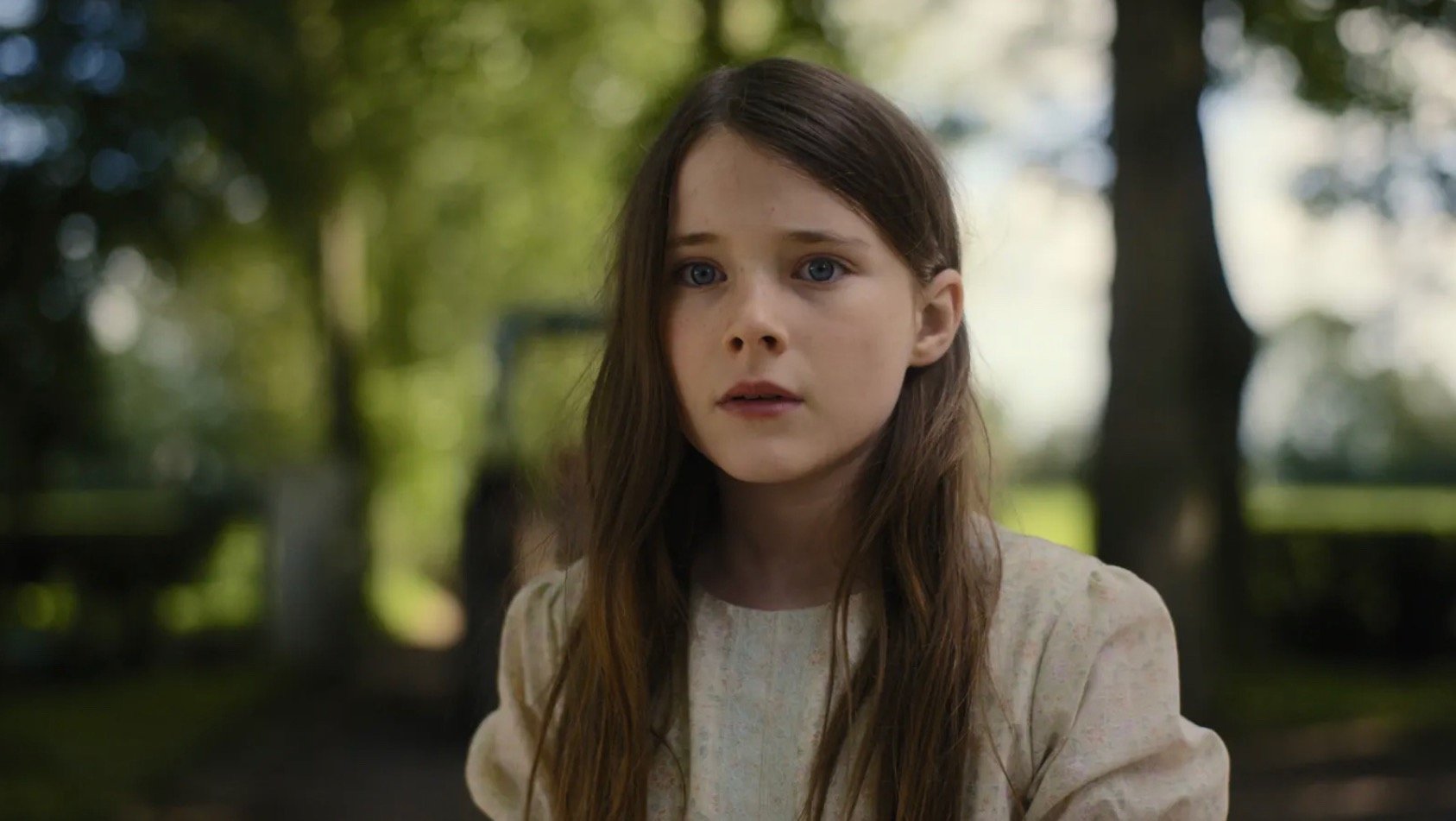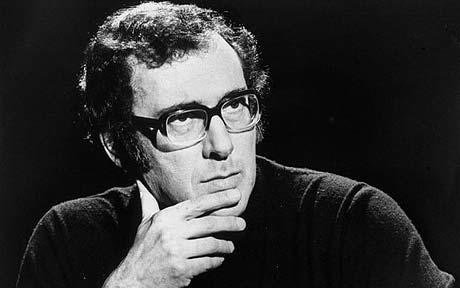Presumptuous thoughts for your dismissal or (illuminating) comments…
From JASON AND THE ARGONAUTS (1963), Director Don Chaffey, Screenwriters Alan Beverly Cross, Jan Read, Cinematography Wilkie Cooper, Talos the Statue by Ray Harryhausen.
In a recent article from Far Out (https://faroutmagazine.co.uk/the-130-films-martin-scorsese-calls-guilty-pleasures/), which refers to another from Film Comment back in September 1978, writer Jack Whatley draws our attention to what was once Martin Scorsese’s list of ‘guilty pleasures’ — movies that may be bad in many respects but which the master had enjoyed.
It was finding Jason and the Argonauts in this miscellany of 130 titles that prompted me not to reflect on ‘guilty pleasures’ as I disagree with the assumption underlying it (that we are in some way guilty when enjoying a film, and presumably that means a “bad” film) so much as the notion itself of a “bad” film.
What is it that makes a film “bad? For that matter, what is it that makes one “good”?
How, for example, could I consider as being bad a film that utterly transfixed me as a boy for its 104 minutes? (Did I see it at the Tooting Granada or the Streatham Odeon?) Is it supposed to be bad because it isn’t historically accurate? So the Greek myths it’s based on were “accurate”? Of course not. How can the mythic be accurate” Accurate to what?
Is it bad because it has a giant statue that comes to life, that there are skeleton warriors, a multi-headed monster, and its fantastical action is complemented by characters speaking in accents about as far from the sonorities of the ancient Aegean as from what was then my South London twang?
Is it because by later standards Ray Harryhausen’s gorgeous stop-motion animation looks so determinedly ‘old, school’? (Not allowing that — it still has its magic.) Is it because, even if the events it depicts may be those of fantasy, it may not in the process follow the most credible or accomplished dramatic narrative?
Is it because it’s corny, pulpy, preposterous and doesn’t represent the height — or anywhere near it — of the art of the filmmaker?
It’s years since last watched this Hellenic hokum so I can give no definitive answer to any of these questions but what I will say is that this movie possessed me as a callow boy and that coming out of the cinema (movie theaterhere in America), I saw that gargantuan bronze Talos stepping out of the film to tower over the streets of Tooting and Streatham, intent on wreaking havoc across its tracts of terraced (row) housing amongst which stood my own family flat.
Jason and his A’s stimulated my terror, wonder, and hungry imagination.What more could I have asked? Only that it actually move me. But more of that later…
A film that knew itself, Jason’s screen odyssey seemed to me truthful in ways I could not at the time of first encountering it begin to understand.Now though, I would insist that, for all of its thunderous flaws, Jason and the Argonauts has an “integrity” that bad movies do not have.
Although “bad” in many ways, it’s good not only in its magical spectacle but is sound in the most important respect: it cleaves to its own identity, and this self-knowing gives it authority.
What then might be the aspects of a movie that might render it “bad”? (As I think most are.) You might argue that this is down to purely subjective judgement. You don’t like a film? So then it’s mediocre? That’s not a reason of course. We can dislike movies but still recognize their value.
Some suggestions for a “bad” movie. This is a movie that:
Proselytizes.
Evades the moral questions it prompts.
Has story problems.
Shifts genres to fix its story problems.
Uses transitions to avoid story issues.
Uses promiscuous narrative POV to avoid storytelling issues and to prompt maximum titillation.
Had characters that are one-dimensional.
Hides its failings behind high production values.
Churns out the same old tropes and clichés.
Pulls its punches.
Has no punches to pull.
Leaves no traces in one’s memory, no heart, no challenge, no sense of itself, nothing.
Panders shamelessly to contemporary culture and assumptions, whether they be facile or laudatory.
Dishes out the usual populist sadism and sentimentality.
Tries to make the world a better place.
Tries to make the world a worse place.
Wallows in its own righteousness.
Betrays no trace of visual sensibility.
Doesn’t tell its story.
Doesn’t have a story to tell.
Affects a knowledge of its world when it has none.
On the other hand, what does not necessarily make a film “good”?
Everyone loves it.
Critics go for it.
It wins awards.
It’s based on a literary masterpiece.
Its milieu is respectable, posh, privileged — financially or culturally.
It’s violent.
It shocks.
It’s non-violent.
It doesn’t shock.
It has good actors.
It looks good.
It looks gritty.
It has spectacular VFX.
It had a high budget.
It’s tasteful.
It’s distasteful.
Its craft follows all the “rules”.
Its craft is careless.
So what is it that I think makes a film “good”? Contradicting my earlier observation, may I give a few subjective insights? (For a more thorough, analytical approach see my new book, to be published this September: The Art of the Filmmaker: The Practical Aesthetics of the Screen, Oxford University Press — please forgive the plug.)
So… a good film:
Moves me (which J and the As didn’t, although that I forgive)
Amazes me.
Stays with me.
I can’t entirely explain it, sometimes even quite understand it yet somehow it still gets to me….
After three weeks of rejecting it, I wake up thinking “That was something!”
It knows itself.
I can’t tear my eyes away from the screen.
I can, but then discover I can’t.
It presents a paradox, a question for which there is no answer.
When I’m watching it, I wouldn’t be anywhere else in the world or doing anything else.
I discover this during the experience of watching it.
I discover this as it ends.
It takes me on a journey I didn’t expect.
It reveals a voice I can’t deny and so don’t want to.
It reveals cinema in a fresh way.
It possesses me.
It leaves me amazed at cinema.
It leaves me astonished at just being alive to see it.
Its imperfections form its perfection.
And most important of all: It reveals the enduring mystery of the human soul.
Lastly, there is this:
I want to feel that art is an utterance made in good faith by one human being to another. I want to believe there are geniuses scheming to astonish the rest of us, just for the pleasure of it.
Novelist Marilynne Robinson
That seems to me helpful in distinguishing between “good” and “bad” cinema — at least if we accept and revere our glorious narrative form as art.
Which I do.
Peter Markham May 2023









